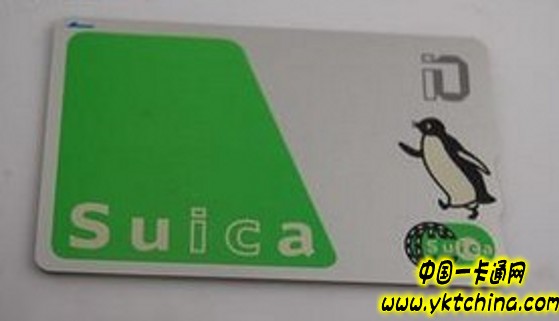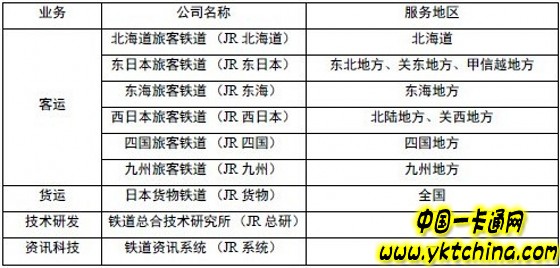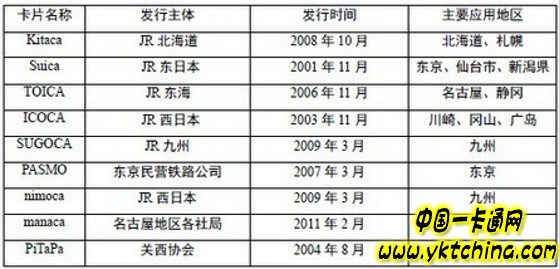0. Preface
With the continuous advancement of intelligent transportation card technology worldwide and the growing demand for convenient payment methods, the role of transportation cards in daily travel has become increasingly significant. As the most populous region in the world, Asia is witnessing a rising need for smart transportation solutions. Countries such as China, South Korea, Thailand, and Japan have seen an expansion in the number and distribution of transportation cards. Among these, Japan stands out for its advanced development level, innovative business models, and forward-looking strategies in transportation card systems. This paper aims to explore the specific business model of Japan's transportation cards, focusing on the diversification observed during urban transport development, the core structure of the business, and the multi-channel promotion strategies employed by private railway companies. Through a detailed case study of the Suica card, this analysis seeks to offer valuable insights for the development of transportation cards in large Chinese cities.

1. Current Status of Japan’s Transportation Card Development
Japanese electronic money cards come in various forms, including both pre-paid and post-paid options, primarily used for public transportation and commercial transactions. There are 10 types of pre-paid transportation cards, such as Suica from JR East Japan, PASMO from Tokyo Metro, Kitaca from JR Hokkaido, ICOCA from JR West Japan, TOICA from JR Tokai, SUGOCA from JR Kyushu, Nimoca from Nishi Nippon Railway, HAYAKAKEN from Fukuoka Transportation Bureau, and PiTaPa from the Kansai Regional Association. In spring 2013, 142 operators across Japan's national rail and public transport systems made their traffic IC cards interoperable. These include Suica, TOICA, ICOCA, SUGOCA, and PASMO, which cover major cities and allow use at approximately half of Japan's 4,275 stations, spanning from Hokkaido in the north to Kyushu in the south.
2. Issuers of Japan's Transportation Cards
JR (Japan Railways) is a major railway group in Japan, originally a state-owned enterprise that faced financial difficulties due to poor management. In 1987, it was restructured into seven companies, including six passenger rail operators and one freight company, collectively known as the "JR Group." Each JR company operates within a defined area and maintains competitive yet cooperative relationships. They use a common JR logo but differentiate themselves through branding and color schemes. Beyond railways, they also manage buses and other services. Additionally, they collaborate on research institutions and information systems. The various transportation cards used throughout Japan are issued by different entities within the JR Group, with each card tailored to the service areas of its respective company.

Table 2-1: JR Seven Companies and Service Areas
The Suica card, introduced by JR East Japan in 2001, is one of the earliest and most widely used transportation cards in Japan. It accounts for over 50% of all issued cards and is considered the most mature. Most subsequent cards require compatibility with Suica in certain regions. Its issuance timeline and main application areas reflect the regional focus of each operator.

Table 2-2: Overview of Card Distribution
3. Features of Japanese Transportation Cards
3.1 Decentralized Business Model of Privatized Operators
Globally, the operational models for transportation cards can be categorized into three main types: integrated, unitary, and decentralized. Each has its own advantages and challenges. For example, Singapore’s E-Tongka uses an integrated model, where a single entity manages the entire system under government oversight. This ensures standardized services and economic efficiency but requires strong coordination. In contrast, the Netherlands and Hong Kong adopt a unified model, where a single company oversees the entire transportation chain. While this promotes coverage and scale, it may face resistance from individual operators. Japan, like China, follows a decentralized model, where each transportation sector issues its own card. Though this allows for independent control, it leads to fragmented standards and limited interoperability. Despite this, Japan has managed to achieve interoperability after privatization, thanks to the legacy of state-owned railways and the collaborative nature of JR companies.
Short Eyelashes,Fake Lashes,Short Strip Lashes,Short False Eyelashes
Zhengzhou Cuka Electronic Commerce Co., Ltd. , https://www.cukalashes.com